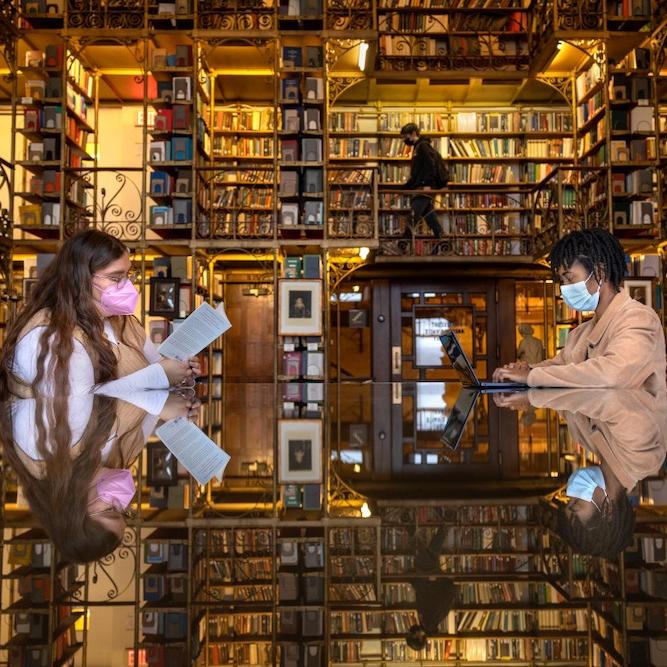
 Department Homepage
Department Homepage
 Department Homepage
The College of Arts & Sciences
Department Homepage
The College of Arts & Sciences
Diaz’s new book examines the work of José Montoya
Montoya was a leading figure in bilingual and bicultural expression drawn from barrio life, the Chicano Movement and multiculturalism in American art.



